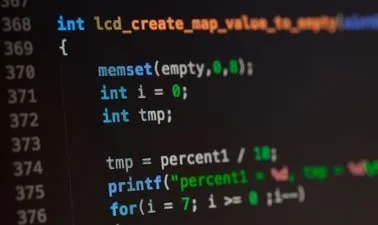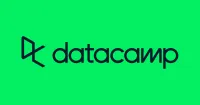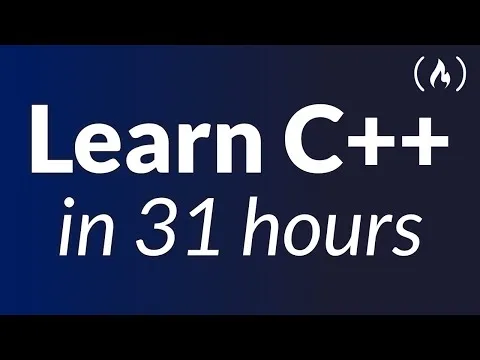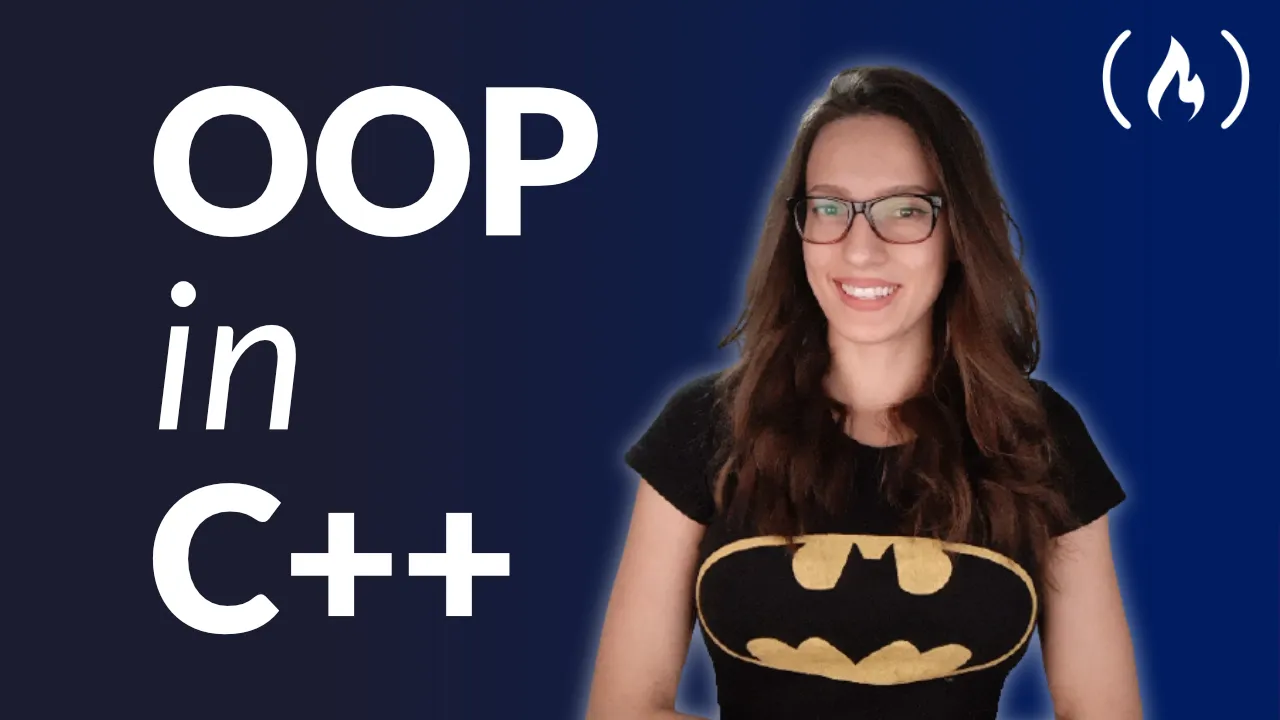
Advanced Data Structures 
This course introduces students to advanced data structures and algorithms in C++ programming. It covers topics such as linked lists, stacks, queues, trees, binary search trees, tree balancing algorithms, hash maps, AVL, and red and black trees. Through interactive lectures and lab challenges, students will gain hands-on experience in writing C++ programs and learn how to utilize and program these data structures. ▼
ADVERTISEMENT
Course Feature
![]() Cost:
Cost:
Free
![]() Provider:
Provider:
Edx
![]() Certificate:
Certificate:
Paid Certification
![]() Language:
Language:
English
![]() Start Date:
Start Date:
16th Nov, 2020
Course Overview
❗The content presented here is sourced directly from Edx platform. For comprehensive course details, including enrollment information, simply click on the 'Go to class' link on our website.
Updated in [March 06th, 2023]
Advanced Data Structures is the fourth course in the intermediate, undergraduate-level Programming and Data Structures MicroBachelors program. This self-paced course builds upon the learnings taught in the introductory-level Computer Science Fundamentals MicroBachelors program, and focuses on the efficiency of different data structures to solve various computational problems. The course covers the development of more advanced command-line programs that utilize file processing, linked lists, stacks, queues, trees, binary search trees, and tree balancing algorithms to solve problems. Several implements are presented in the development of each data structure, including hash maps, AVL, and red and black trees. Students learn how to utilize and program these data structures through interactive lectures with quizzes, and hands-on practice writing C++ programs through lab challenges. This course will be retired on 12/31/2022 at 00:00 UTC, so enroll now to take advantage of this opportunity.
[Applications]
Upon completion of this course, students should be able to apply the data structures and algorithms learned to solve real-world problems. They should be able to analyze the efficiency of different data structures and algorithms and be able to choose the most appropriate one for a given problem. Additionally, they should be able to design and implement their own data structures and algorithms.
[Career Paths]
1. Data Scientist: Data Scientists are responsible for analyzing large amounts of data and developing insights from it. They use advanced data structures and algorithms to identify patterns and trends in data, and develop predictive models to help businesses make better decisions. Data Scientists are in high demand, and the field is expected to continue to grow in the coming years.
2. Software Engineer: Software Engineers use data structures and algorithms to design, develop, and maintain software applications. They are responsible for writing code, testing, and debugging software, and ensuring that the software meets the requirements of the customer. Software Engineers are in high demand, and the field is expected to continue to grow in the coming years.
3. Database Administrator: Database Administrators are responsible for managing and maintaining databases. They use data structures and algorithms to design, develop, and maintain databases. They are also responsible for ensuring the security and integrity of the data stored in the databases. Database Administrators are in high demand, and the field is expected to continue to grow in the coming years.
4. Machine Learning Engineer: Machine Learning Engineers use data structures and algorithms to develop and deploy machine learning models. They are responsible for designing, developing, and deploying machine learning models that can be used to solve complex problems. Machine Learning Engineers are in high demand, and the field is expected to continue to grow in the coming years.
[Education Paths]
Recommended Degree Paths:
1. Bachelor of Science in Computer Science: This degree program provides students with a comprehensive understanding of computer science fundamentals, including data structures, algorithms, programming languages, software engineering, and computer architecture. Students will learn how to design, develop, and implement software applications and systems. This degree program also covers topics such as artificial intelligence, machine learning, and computer networks.
2. Master of Science in Computer Science: This degree program provides students with an in-depth understanding of advanced topics in computer science, such as data structures, algorithms, software engineering, and computer architecture. Students will learn how to design, develop, and implement complex software applications and systems. This degree program also covers topics such as artificial intelligence, machine learning, and computer networks.
3. Doctor of Philosophy in Computer Science: This degree program provides students with a comprehensive understanding of advanced topics in computer science, such as data structures, algorithms, software engineering, and computer architecture. Students will learn how to design, develop, and implement complex software applications and systems. This degree program also covers topics such as artificial intelligence, machine learning, and computer networks.
Developing Trends:
1. Cloud Computing: Cloud computing is becoming increasingly popular as a way to store and access data. This technology allows for the storage and retrieval of data from remote servers, which can be accessed from anywhere in the world.
2. Big Data: Big data is a term used to describe large sets of data that can be analyzed to gain insights and make decisions. Big data technologies are being used to analyze large amounts of data to uncover patterns and trends.
3. Artificial Intelligence: Artificial intelligence (AI) is a field of computer science that focuses on creating intelligent machines that can think and act like humans. AI technologies are being used to automate tasks and make decisions based on data.
Course Provider

Provider Edx's Stats at AZClass
Discussion and Reviews
0.0 (Based on 0 reviews)
Explore Similar Online Courses

React Hooks - Building Real Project From Scratch

Machine Learning for Finance in Python

Python for Informatics: Exploring Information

Social Network Analysis

Introduction to Systematic Review and Meta-Analysis

The Analytics Edge

DCO042 - Python For Informatics

Causal Diagrams: Draw Your Assumptions Before Your Conclusions

Whole genome sequencing of bacterial genomes - tools and applications

C++ Programming Course - Beginner to Advanced

C++ Tutorial for Beginners - Learn C++ in 1 Hour

Learn Object Oriented Programming (OOP) in C++ Full Video Course
 Related Categories
Related Categories
 Popular Providers
Popular Providers
Quiz
 Submitted Sucessfully
Submitted Sucessfully
1. Which of the following is not a data structure covered in this course?
2. What is the last day to enroll in this course?
3. What is the purpose of this course?


Start your review of Advanced Data Structures